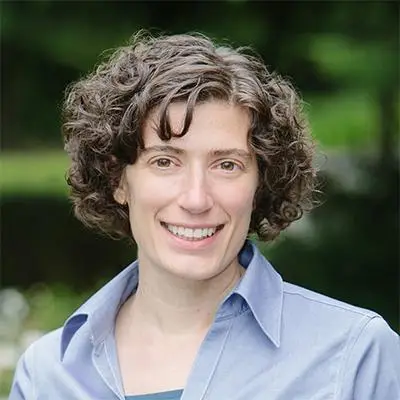In many cities, it makes sense for universal enrollment systems to replace existing enrollment processes that are messy, opaque, and at times unfair or even unlawful. But—as a recent contentious community meeting in Philadelphia made clear—entrusting enrollment decisions to a computer can be a bitter pill for parents and schools to swallow.
The universal enrollment systems grabbing attention these days allow parents in cities with a high degree of school choice to apply for any participating charter or district school with a single application form. Parents list schools in order of their preference, then a computer algorithm considers these preferences along with any priorities schools have (they may give preference for children whose siblings are enrolled, or who live in the neighborhood, or who pass an exam) and matches each student to one school.
New Orleans and Denver were the first cities to implement universal enrollment reaching across charter and district sectors. Newark and Washington, D.C., are launching new systems this spring. My CRPE colleagues and I have been studying the design and implementation of these systems to see how parents engage with them, how they impact student enrollment patterns, and how they alter the work of schools.
We’ve learned that these systems come with several benefits:
- They streamline the application process. Before, parents had to navigate 60 enrollment systems—with differing processes and deadlines—for Denver’s district and charter schools. Now the city operates one enrollment process, which means one application, one deadline, and one match.
- They help ensure fairness. Universal enrollment systems take lotteries out of the hands of individual schools, which sometime act against the interests of the most vulnerable student populations. Prior to universal enrollment, a lawsuit charged that schools in the Recovery School District (RSD) in New Orleans—both charter schools and RSD-run schools—unlawfully denied enrollment to students with special needs. With universal enrollment, a student’s special education status is not entered during the application process. Newark addressed fairness in a different way: students in special education are designated as such on their applications and their placement is prioritized in schools to ensure equal representation in all of the city’s schools, including elite magnet programs.
- They match more students to their preferred schools. In any city with a high degree of choice, it is common for some students to receive several offers from schools while others receive none. While the lucky students mull their choices, the others scurry to find alternatives and sit on waitlists, sometimes well into the start of the school year. Universal enrollment, when designed to give a single offer to students, dramatically increases the number of students receiving a preferred choice. In the first year of implementation in Denver, for example, about 70 percent of students in the universal enrollment process received their top choice. About 90 percent who were entering the first year of elementary, middle, or high school received one of their top three choices.
- They help schools forecast enrollment. Good enrollment forecasts help schools determine how much funding they will get, how many teachers they will need, and many other details. When some students receive, and accept, multiple offers, schools can be left stunned when far fewer students show up than are expected. A single-offer system can reduce enrollment uncertainty (and in turn, help schools plan for the year).
Despite these benefits, universal enrollment can be a hard sell. Parents work very hard to help their children succeed academically; they research their options and submit applications on time. Then we ask them to let a computer algorithm make the final decision on where their child will go to school.
And for what? Universal enrollment helps solve systemic problems: those of fairness, inequality, and operations. Those aren’t the things individual parents automatically prioritize, nor should we expect them to. But public leaders can show parents that, if done right, universal enrollment can protect their interests while solving those important systemic problems.
Leaders can do this by communicating clearly with families about how the current system is failing. They can be honest about what families will need to give up, but also highlight the benefits. (You won’t have all summer to consider your options. You won’t get to select among multiple offers. But you, and every other parent in this city, will have the greatest possible chance that an honest system can offer to get into one of your top choices.)
Most importantly, leaders can respond to parents’ concerns as they design the enrollment system. In Denver, zoning schools by neighborhood was very popular, so it was left intact. This meant that some schools remained out of reach to kids that don’t live in the neighborhood, but all families enjoyed a simpler process for applying to non-neighborhood schools. And, the city now has the information on which schools parents most want, allowing them to plan future school development in response to those interests. In New Orleans, where parents wanted to be able to enroll all their children in the same school, the system leaders created a system called “Family Link” that guarantees that option.
When the public benefit of consolidating the enrollment system outweighs what parents are asked to give up, then city, district, and charter leaders should move aggressively in this direction. But that doesn’t mean they should look past the very real concerns that parents express.



